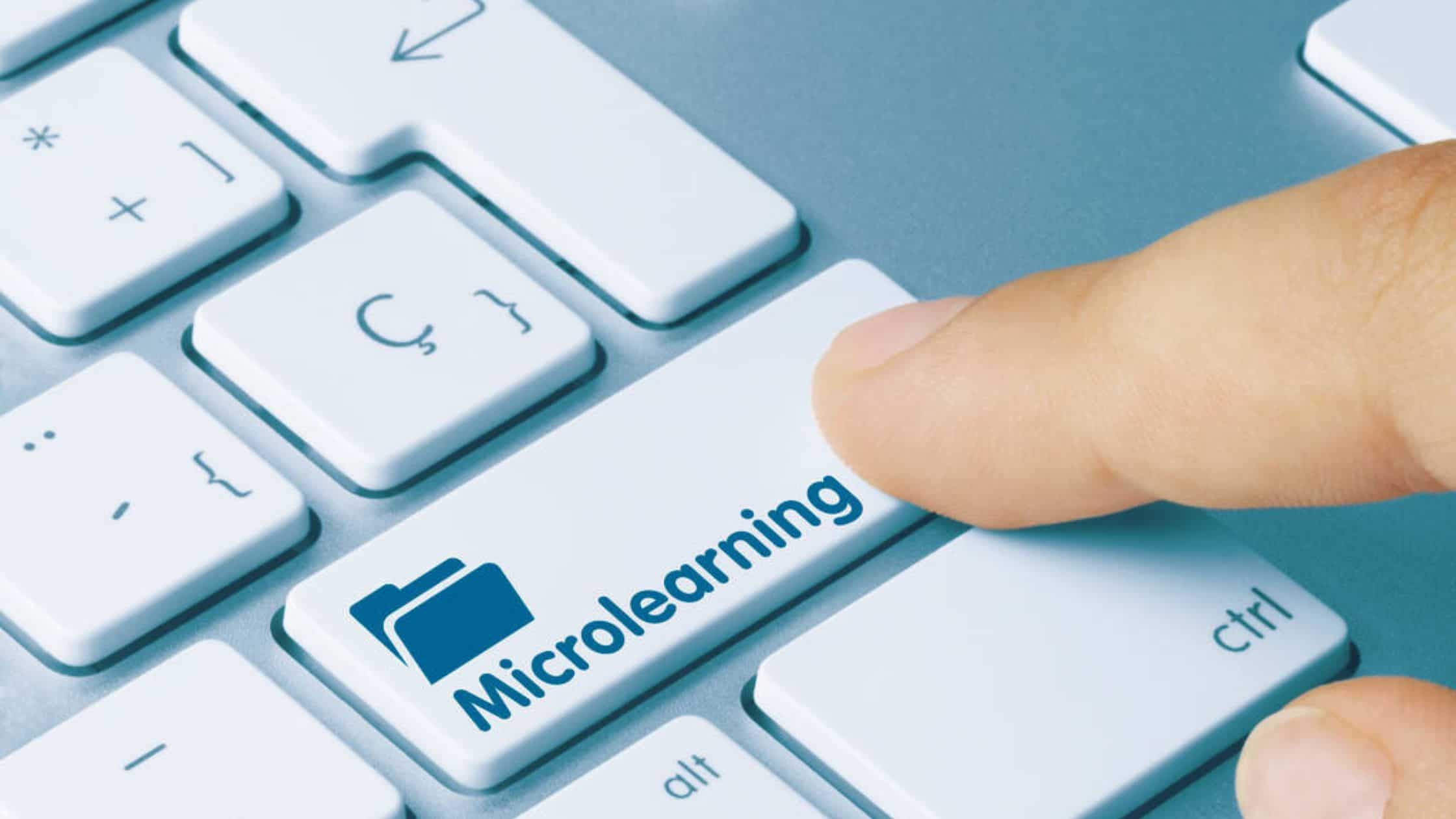In the ever-evolving landscape of education and professional development, the concept of microlearning has gained significant attention. Microlearning, as the name suggests, involves the delivery of small, focused bursts of learning content to learners. This innovative approach is designed to cater to the modern learner’s preferences for concise, easily digestible information. In this article, we will delve into the definition of microlearning, explore its various types, and examine both its advantages and disadvantages.
What is Microlearning?
Microlearning can be defined as a learning strategy that delivers content in small, specific units. These units are typically designed to meet a specific learning objective and are consumed in short, focused sessions. Unlike traditional learning methods that involve lengthy lectures or extensive courses, microlearning emphasizes brevity and accessibility.
Introducing Vati, a revolutionary learning strategy designed to redefine education. Vati as innovative career planning and assessment platform, leverages concise, focused learning moments, aligning with the dynamic preferences of modern learners. This introduction delves into Vati’s innovative approach, exploring its potential to transform the traditional learning landscape through targeted, easily digestible content.
Key Characteristics of Microlearning:
-
Brevity: Microlearning modules are intentionally short, often ranging from a few minutes to around 10 minutes in duration. This enables learners to focus on a specific concept or skill without feeling overwhelmed by a large volume of information.
-
Accessibility: Microlearning is easily accessible, often delivered through digital platforms. Learners can access the content at their convenience, using various devices such as smartphones, tablets, or computers.
-
Focused Learning Objectives: Each microlearning module is designed to achieve a specific learning objective. This focused approach ensures that learners gain targeted knowledge or skills in a short amount of time.
-
Multi-Modal Content: Microlearning utilizes diverse formats, including videos, infographics, quizzes, and interactive simulations. This variety keeps learners engaged and caters to different learning preferences.
Types of Microlearning:
Microlearning comes in various forms, each tailored to address different learning needs. Here are some common types of microlearning:
1. Video-based Microlearning:
- Definition: Short videos that convey specific concepts, processes, or skills.
- Advantages: Engaging visual content, suitable for demonstrating procedures or presenting information in a narrative format.
- Disadvantages: May lack interactivity, and some learners may find it challenging to stay focused on video content.
2. Infographic-based Microlearning
- Definition: Visual representations of information using graphics and minimal text.
- Advantages: Condenses information into a visually appealing format, making complex topics easier to understand.
- Disadvantages: Limited depth of information and may not suit all learning styles.
3. Interactive Simulations
- Definition: Virtual scenarios that allow learners to apply skills or knowledge in a controlled environment.
- Advantages: Provides hands-on experience, promotes active learning, and enhances retention.
- Disadvantages: Requires technological resources and may be time-consuming to develop.
4. Quizzes and Assessments
- Definition: Short quizzes or assessments that test learners on specific concepts.
- Advantages: Reinforces learning, provides immediate feedback, and allows learners to gauge their understanding.
- Disadvantages: May not be suitable for all types of content, and some learners may feel pressured by the assessment format.
5. Mobile Learning Apps
- Definition: Applications designed for smartphones or tablets that deliver bite-sized learning content.
- Advantages: Convenient for on-the-go learning, often customizable to individual learning preferences.
- Disadvantages: Dependence on technology, and not all learners may have access to suitable devices.
Advantages of Microlearning:
-
Time-Efficient Learning: Microlearning enables learners to acquire knowledge or skills in a short amount of time. This is particularly advantageous in busy professional environments where time constraints may limit traditional learning opportunities.
-
Increased Retention: The focused and targeted nature of microlearning enhances information retention. Learners can concentrate on specific concepts without the cognitive overload associated with longer learning sessions.
-
Flexibility and Accessibility: Microlearning modules are often delivered through digital platforms, making them easily accessible to learners. This accessibility, combined with the flexibility of choosing when and where to learn, accommodates diverse schedules and preferences.
-
Adaptability to Modern Learners: The modern learner, accustomed to quick information consumption through digital platforms, finds microlearning aligning with their preferences. The bite-sized format caters to shorter attention spans and the need for instant gratification.
-
Cost-Effective Development: Developing microlearning content is generally more cost-effective than creating extensive courses. The shorter duration of content reduces the time and resources required for design, development, and implementation.
-
Real-time Application: Certain types of microlearning, such as interactive simulations, provide opportunities for learners to apply knowledge in a simulated real-world context. This enhances the transfer of learning to practical scenarios.
Disadvantages of Microlearning:
-
Limited Depth of Content: Due to its concise nature, microlearning may not cover topics in-depth. This limitation can be a drawback when dealing with complex subjects that require a more comprehensive understanding.
-
Potential Lack of Interactivity: Some microlearning formats, such as video-based modules, may lack the interactivity that engages learners in active participation. This can result in a more passive learning experience.
-
Technology Dependence: Many forms of microlearning rely on digital technology. This dependence may pose challenges for learners who lack access to suitable devices or encounter technical issues.
-
Fragmented Learning Experience: While microlearning excels in delivering targeted information, it may contribute to a fragmented learning experience. Learners might struggle to connect the dots between various microlearning modules, impacting their ability to grasp the bigger picture.
-
Not Suitable for All Topics: Some subjects or skills may require a more extensive and detailed approach than what microlearning can offer. Complex theoretical concepts, for example, might be better suited to traditional learning methods.
Conclusion
Microlearning represents a dynamic shift in the way we approach education and professional development. Its emphasis on brevity, accessibility, and focused learning objectives makes it particularly appealing in today’s fast-paced world. While microlearning offers numerous advantages, including time efficiency, increased retention, and adaptability to modern learners, it is essential to consider its limitations.
As with any educational strategy, the effectiveness of microlearning depends on the context in which it is applied and the nature of the content being delivered. Striking a balance between microlearning and more traditional approaches may be the key to creating a well-rounded and effective learning experience. As technology continues to evolve and learners’ preferences change, the role of microlearning in shaping the future of education and professional development will undoubtedly remain a topic of ongoing exploration and refinement.





